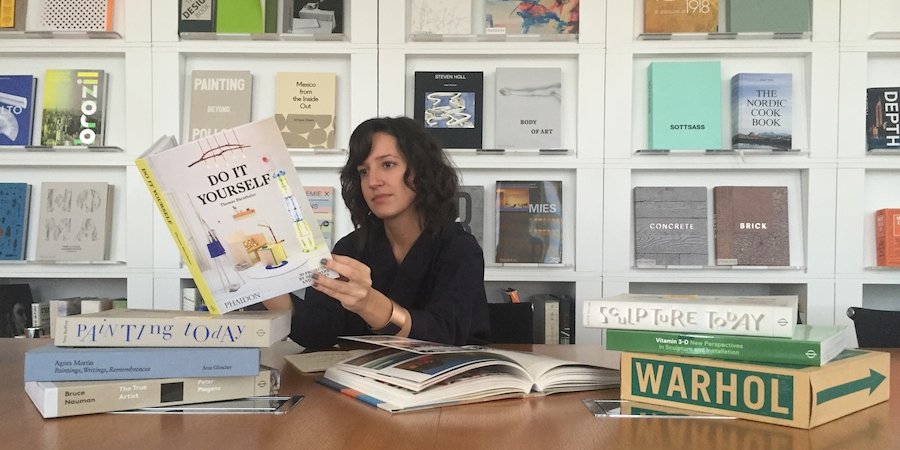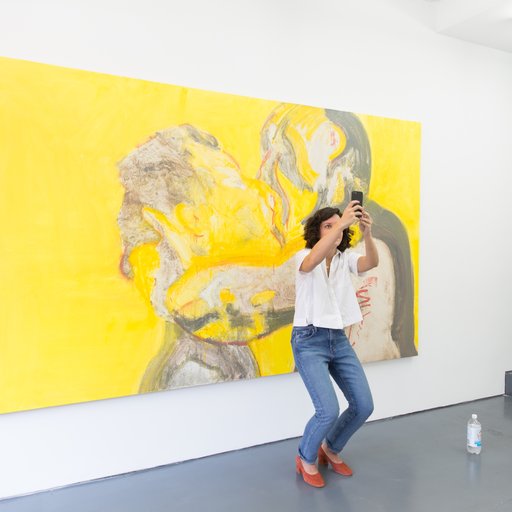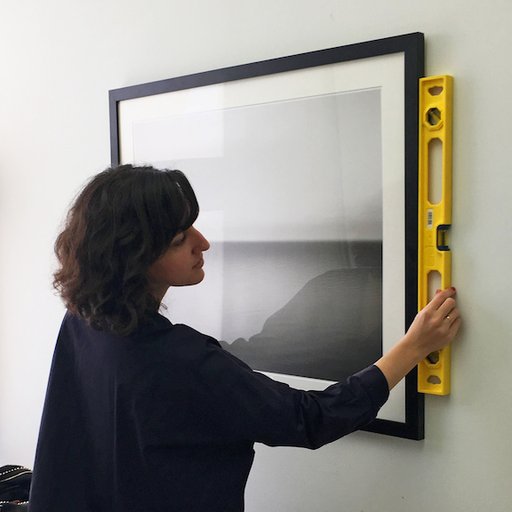The art world can be a bewildering place, requiring social and financial savoir-faireas well as an interest in and knowledge of art itself. So where does one get such valuable insights? Well, you can either spend a lifetime traveling from art fair to art fair, soaking up etiquette at the many sundry occasions that make up a life in the art profession... or you can just ask Patton! As Artspace's intrepid Director of Gallery and Institutional Partnerships, Patton Hindle is abundantly equipped to answer the questions you've always wanted to ask (but were afraid to). Email her at offthehandle@artspace.com.
I'm in my mid-30s and live in an apartment on the Upper East Side that I recently bought but am still filling out with furniture. I've never bought a "real" work of art before, just a few lower-priced editions. Why do I need a "real" piece of art for my apartment?
— Anonymous in NYC
First of all, congratulations on making the leap to owning an apartment in New York—a major financial hurdle for many young people in this city.
Lower-priced editions are a great entry point to the art world and are absolutely real art! I would, however, follow that up by purchasing an original work of art from an emerging artist. While buying an affordable edition by a “known” artist is a great way to whet your palate, there are many incentives to take that next step of acquiring a work by an emerging artist. Often, you can buy a unique work at a price point that's comparable to an edition by a better-known artist—and, at the same time, you'll reap the karmic benefits of helping an artist at a critical moment in his or her career. What's more, you will be engaging in a fun process of discovery and learning. In fact, you may even be able to cultivate a relationship with the artist and to follow his or her career from the front lines.
The art world seems like a scary, stuck up place. How do I learn more about art without sounding like a dummy?
— Befuddled in Brooklyn
The art world can feel like an intimidating place, full of erudite, snooty people who seem to be speaking a secret language. Admittedly, there's a kernel of truth to this stereotype. However, I think you’ll find that most gallery front-desk staffers, and even directors and owners, are actually quite friendly. As the fundamental voices for their artists, they know that they can only fully support their rosters if they are open and courteous.
Speaking with one of these experts is one of the best ways to learn about art. I will, however, note that they’re also incredibly busy people—they’re not there simply to chat with every person who wanders in. Gallerists, just like most people in 9-to-5 jobs, have a monumental amount of work to get through each day. So don’t be turned off if you have a bad experience at first—try a few spaces and see what happens! I’d also add that there is a plethora of information available online—blogs, magazines, books, and other sources that help to demystify the art world.
What is the best color and why is it blue?
— YKB Enthusiast in the Blue Lagoon
Thank you for finally asking the BIG question, one I find myself pondering frequently. Blue is the warmest color, after all. But rather than delving into paragraphs on color theory and personal taste, I will point you in the direction of my kind colleagues at Artspace who have already covered this topic:























